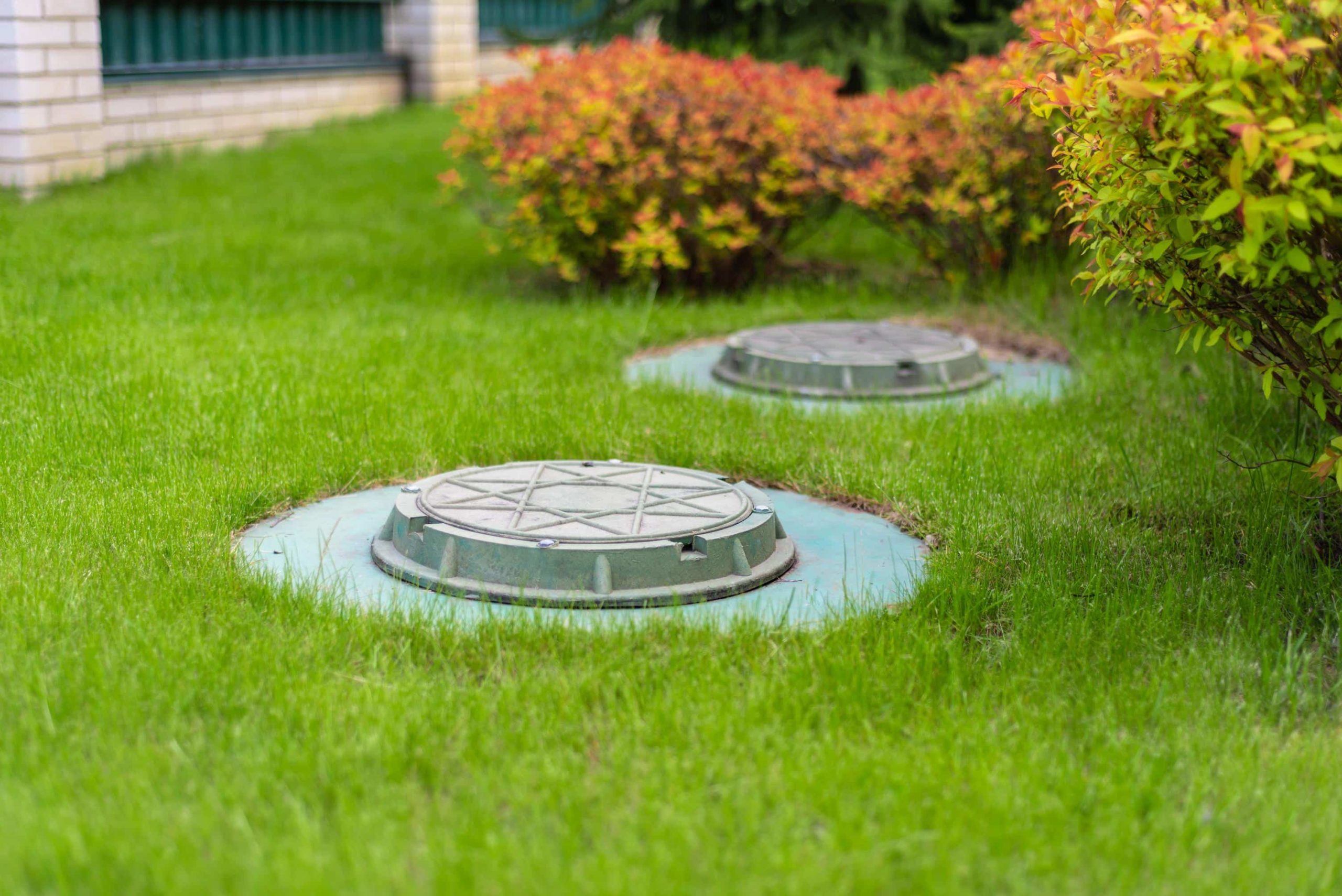Do you have a septic tank at home and are not sure how it works and what to do to maintain it?
We will give you some tips on how to understand how it works and how to best maintain it to avoid odour and clogging problems.
What is a septic tank?
First, it is important to understand what a septic tank is and how it works. A septic tank collects wastewater from either only the toilet or from all the sinks/sanitary facilities in the house, in which case it is called an all-water tank.
What size is your tank?
In terms of the size of the tank to avoid any clogging problems, a septic tank should ideally contain 500L per person in the household with a minimum of 1,500L. To this 1,500L, 500L must be added for each additional inhabitant. For an all-water tank, it should contain 1,000L per inhabitant in the household with a minimum of 3,000L. To this 3,000L must be added 1,000L per additional inhabitant.
How does a septic tank work?
The purpose of a septic tank is to purify water before it is returned to the sewer. In order to do this, it needs bacteria and enzymes to work to liquefy the faeces and organic material (paper) in the water. Bacteria are implemented directly via the faeces and these in turn secrete enzymes to break down the different materials in the water.
However, if a lot of chemicals and/or antibiotics are used and poured down your sinks/toilets, this will upset the balance of your septic tank, as the chemicals kill the bacteria and enzymes that allow the tank to function properly. This is where products called “activators” need to come in to replenish the good bacteria and enzymes in the pit and optimise the water purification process.
Problems and solutions
- Problems with the drainage of your toilets and/or sinks
- Your pipes make a noise when draining water (gurgling) and/or your toilet drains strongly
- Bad smells occur in the house
- Try doubling the doses of the activator used first (e.g. if you use one dose/week, use 2 per week)
- If that doesn’t work, switch to a stronger activator such as the one for problem pits which is more concentrated in enzymes and bacteria.
- If this still doesn’t work, prepare a large volume of warm water (5 whole buckets) and mix it with our eezym emergency unblocker. If you have access to your pit, break off the top layer that has formed with a shovel and pour these buckets of water directly into the pit. If you don’t have access to your pit and it’s an all-water pit, fill your bathtub with water with the emergency unblocker and then remove the clog so that the water is released in one go. If it’s only a septic tank, pour it down your toilet.










